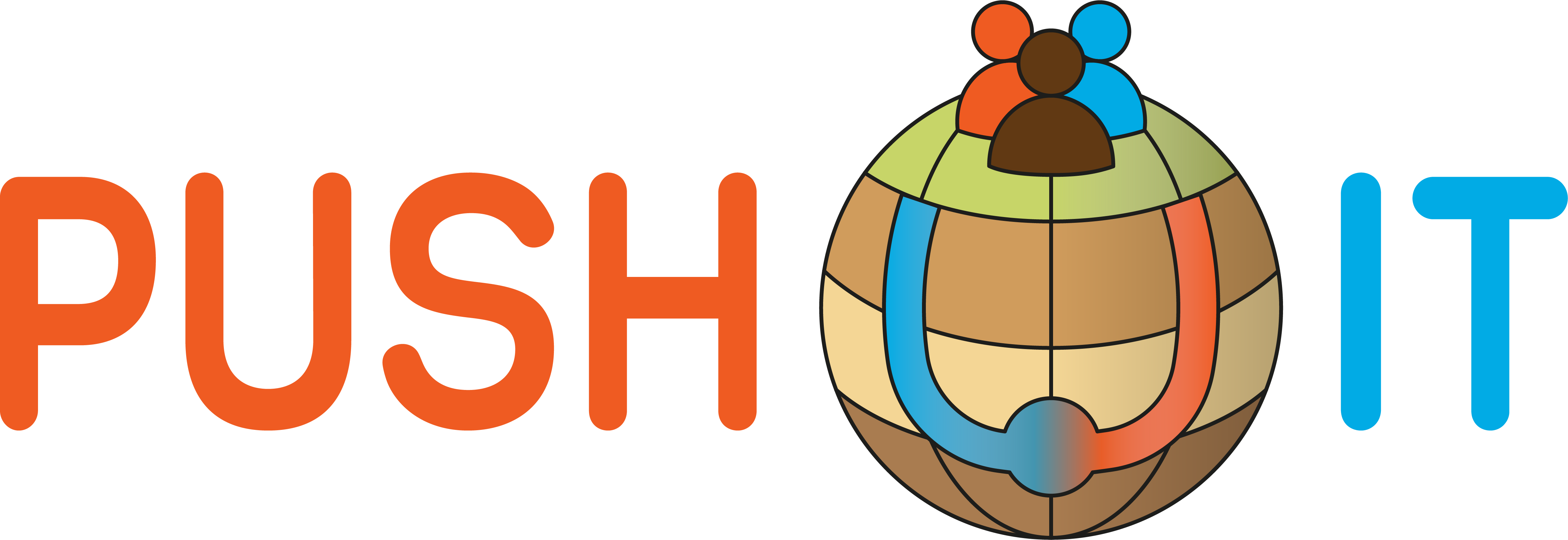An update from the Delft site
At the recent General Assembly in Bochum, the Delft site has given an update of the progress that has been made. This will be discussed together with a recap of the site’s goals and objectives.
At the University Campus in Delft, a high temperature (HT-)ATES system will be installed, with detailed data collection and monitoring equipment installed. Innovative drilling methods will be used to improve longevity, performance and environmental protection.

Drilling/wells
At the core of the HT-ATES project is a robust drilling and well design strategy. The long-term efficiency of thermal energy storage systems depends heavily on the quality of the drilling process, choice of materials, and well completion techniques. TU Delft’s approach includes the use of high-performance drilling fluids and advanced well components such as glass-reinforced epoxy (GRE) and stainless-steel casings, clay pellets for annular sealing, and metal mesh standalone screens. These choices aim to improve well integrity, thermal efficiency, and environmental safety.
Ongoing evaluation methods such as mud logging, wellbore stability assessments, zonal isolation techniques, and formation testing will ensure drilling precision and performance throughout the system’s life cycle.
Monitoring system
The HT-ATES system will be equipped with a high-resolution monitoring suite that ensures real-time, continuous evaluation of subsurface conditions. A fiber-optic loop embedded in the well will allow for Distributed Temperature Sensing (DTS), with periodic measurements of strain (DSS) and acoustics (DAS). The monitoring station will include flow sensors and active heating capabilities (AH-DTS) for calibration and quality control, all housed in a climate-controlled unit.
This data-rich approach will support TU Delft’s scientific research, enabling real-time diagnostics, model validation, and system performance optimization. It will also allow researchers to monitor thermal and hydraulic behavior, as well as detect geochemical and microbial changes over time.
System integration
System-wide integration is another key pillar of the project. TU Delft will implement a dynamic co-simulation framework combining TESPy models for surface systems and DARTS for subsurface simulations. This integrated approach evaluates the interactions between geothermal production, HT-ATES, heat pumps, and the district heating network (DHN).
The aim is to optimize thermal recovery, improve system flexibility, and increase the share of renewable energy in campus operations—while minimizing reliance on auxiliary fossil fuel systems. By quantifying long-term operational dynamics, the project will offer valuable insights for future geothermal energy systems worldwide.
Progress and Risks
With the concept selection completed and system design underway, TU Delft has already secured final permits. Internal coordination is progressing, with the project being embedded into the university’s broader geothermal development (GTD) framework. Collaboration with energy partner Aardyn is fully established, and procurement for long lead-time components has begun.
Still, the project faces a range of risks, including potential delays in Water Permit Coordination (WPC), lack of project extensions, and the need for timely approval of activity changes by the European Commission. Drilling failures and suboptimal system integration are also being closely monitored.

PUSH-IT is a project funded by the European Union’s Horizon Europe research and innovation programme under grant agreement No 101096566.
Funded by the European Union. Views and opinions expressed are however those of the author(s) only and do not necessarily reflect those of the European Union. Neither the European Union nor the granting authority can be held responsible for them.
